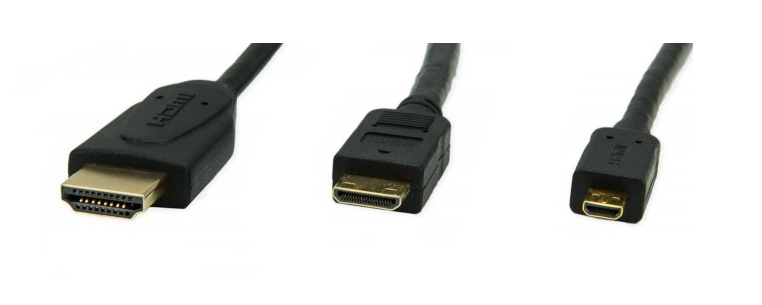Choosing Between HDMI 2.0 and DisplayPort 1.4: What Should You Know?
High Definition digital content is on the rise and given the number of options available for monitor connections, it can be cumbersome and confusing to decide multiple interface standards for your monitor or television screens. Some of the old interfaces included VGA, DVI, Component, etc. but they no more pass up as preferable interfaces for HD content.

HDMI and DisplayPort are the interfaces developed for the modern age electronics display. But choosing among these two also depends on your usage whether you are a gamer or a movie buff. Let’s try to unravel which displayport cable suits your requirements better:
What Is HDMI 2.0?
High Definition Multimedia Interface or commonly known as HDMI can easily be termed as the most popular interface connections today recommended and found on all monitors, laptops, television screens, and other similar electronic products. HDMI 2.0 is the standard video interface used for 3820 x 2160 content.
The HDMI port’s features include the consumer electronic control which facilitates remote signal to be sent through HDMI. Using this, you can use your television remote to control the receiver cable box through your interface connection. Noting the typical features of HDMI 2.0, it provides 18Gbps of bandwidth and can support 4K resolutions.
Though mostly the film content shown on television is shot at 24fps, the increased FPS is useful for self recorded videos, gaming, or future television content that can be filmed at higher FPS. The color gradient and range is also favorable with HDMI 2.0.
Even though it’s the most popular, there are some features wherein DisplayPort offers to be unique and differing in utilizations. Let’s have a look at them.
Understanding DisplayPort 1.4
Quite recently, a new display interface was designed with quite similar features as of the HDMI. It’s still a less popular interface when compared to HDMI but is usually found in high resolution monitors developed in the recent years. Coming to features, DisplayPort 1.4 can transmit as much as 32.4Gbs bandwidth which is more than what HDMI can offer. The resolution offered by DisplayPort 1.4 is also much higher than that of the HDMI.
One of the salient features of this interface is that it allows multiple independent displays to be connected by a single port. So, it definitely is more desirable and recommended option for those who work with multiple displays.
DisplayPort is also a better option for users interested in PC gaming paired with NVIDIA’s G-sync and AMD’s FreeSync technology. The use of sync technology is important to protect the screen from damage.
Conclusion
When it comes to balanced compatibility, it is recommended to use the displayport cable that comes along with your display output device. Most consumer products sync with HDMI but if you are looking for a comparatively better resolution and for multiple display at one go, you should go for DisplayPort interface connected with quality Displayport Cable.



Comments
Post a Comment